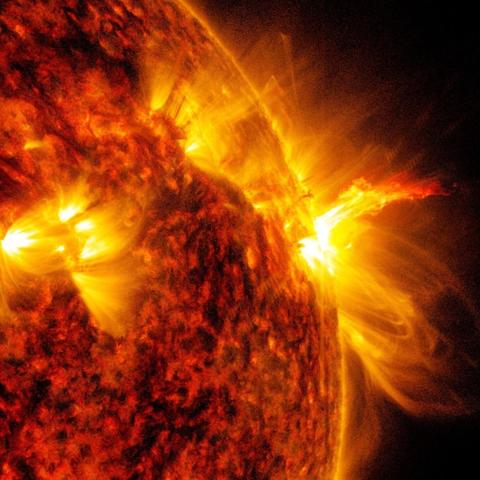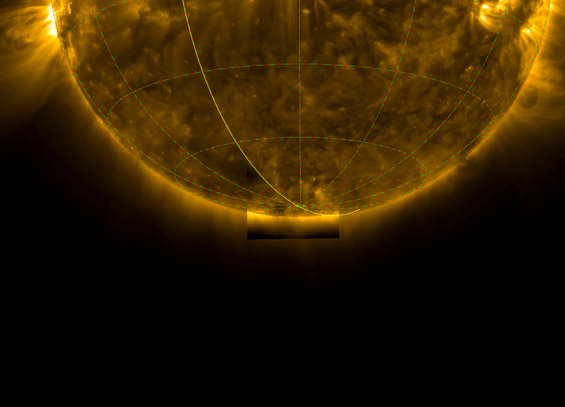#PhDCongratulations! Jonathan Nölke of the #IMPRS “Solar System School” has successfully defended his PhD thesis “Dark features in the solar corona and the underlying magnetic field studied with Solar Orbiter”
at
@tubraunschweig!
That's @imprs_solar graduate number 245 - we are getting close to number 250:
https://www.mps.mpg.de/phd/theses
This defense also marked IMPRS co-founder Prof. Karl-Heinz Glaßmeier's last participation in an IMPRS defense. Thanks for having done so much for this school over the past 24 years!


